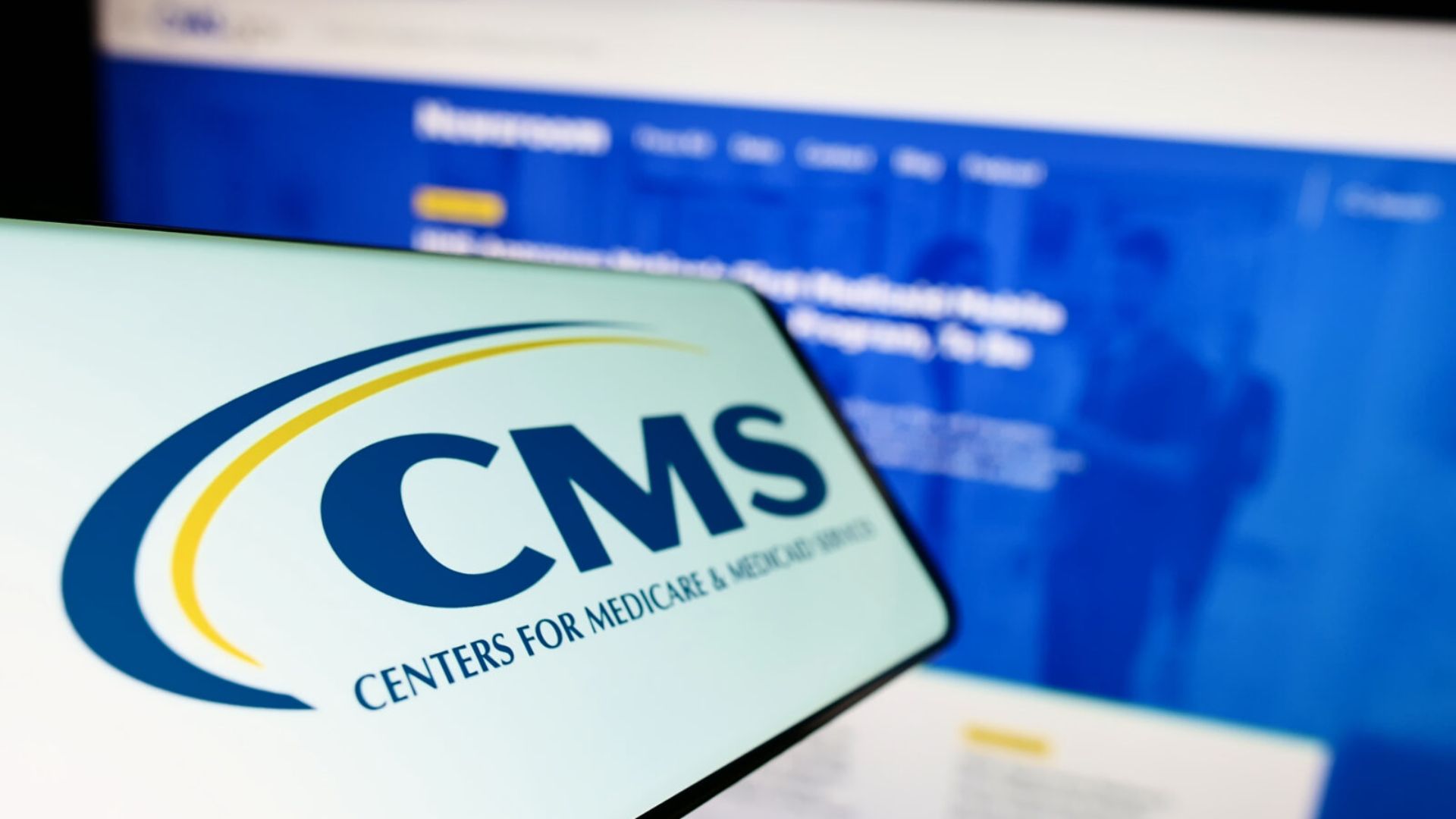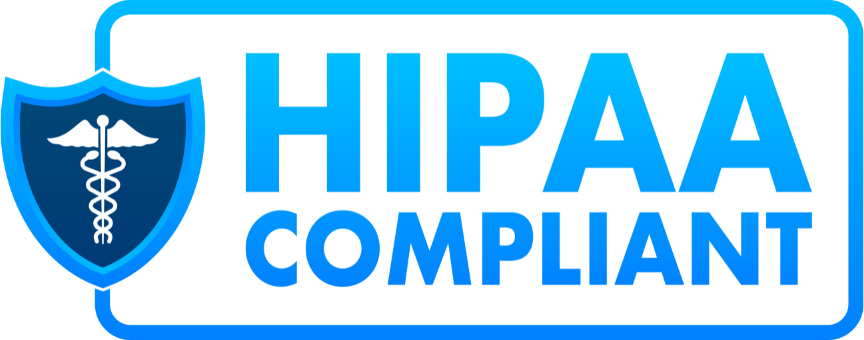Managing Accounts Receivable (AR) is a cornerstone of financial success for any medical practice. AR refers to the money owed to your practice for services you have already provided but for which payment has not yet been received from patients or insurance companies. Efficient AR management ensures a steady flow of income, which is critical for the day-to-day operations and long-term growth of your practice. However, AR management comes with its own set of challenges, which, if left unaddressed, can lead to financial instability. Let’s take a closer look at common AR issues and practical strategies to tackle them.
Common AR Challenges
1. Disorganized Data
Disorganized or incomplete patient and billing information is a major hurdle in managing AR effectively. When critical data is scattered across multiple systems or outdated, it becomes difficult to track outstanding payments accurately. This lack of standardization often results in missed bills, delayed collections, and ultimately, a negative impact on cash flow. Without a centralized and streamlined system, the sheer volume of data can become overwhelming for even the most skilled billing staff.
2. Lack of Staff Training
Proper training in AR management and billing processes is often overlooked in medical practices. When staff members are not adequately trained, errors in billing procedures can occur, leading to claim denials, delays, or even permanent loss of revenue. Moreover, poorly trained staff may lack the confidence or knowledge to effectively follow up on unpaid claims or communicate with patients about their financial responsibilities. This gap in expertise can result in inefficiencies that snowball over time.
3. Inadequate Patient Communication
Patients who are unaware of their financial obligations are less likely to pay their bills on time, if at all. Poor communication—whether it’s unclear billing policies, confusing invoices, or lack of follow-up—can lead to frustration and mistrust. Practices that do not prioritize clear and proactive communication often face higher rates of unpaid bills and patient dissatisfaction. Addressing this challenge requires not only better communication but also empathy and transparency in financial discussions.
4. Delayed Claim Submissions
Timeliness is crucial when it comes to submitting claims to insurance companies. Delayed submissions often lead to payment denials or extended waiting periods, which disrupt cash flow and add to administrative burdens. Practices that do not have a robust process in place for timely claim submissions and follow-ups risk losing out on significant revenue. Additionally, resubmitting denied claims can consume valuable time and resources, further straining the practice.
Strategies to Overcome AR Challenges
1. Organize Data Efficiently
Implementing a centralized system for managing patient and billing information is the first step toward resolving data disorganization. Use modern practice management software to consolidate records and ensure that all information is easily accessible. Regularly update patient records and billing information to maintain accuracy and prevent errors. By having a single, reliable source of data, you can streamline billing processes and reduce the risk of overlooked payments. This level of standardization not only boosts efficiency but also enhances the overall patient experience.
2. Invest in Staff Training
Provide your staff with ongoing training on billing procedures, AR management, and industry best practices. Regular workshops and access to latest technology, techniques and resources can empower your team to handle complex billing scenarios with confidence. Encourage open communication among team members to share insights and learn from one another. Well-trained staff are more likely to spot errors, follow up on unpaid claims effectively, and ensure that the AR process runs smoothly. Investing in your team’s knowledge and skills will pay off in the form of improved revenue cycles and fewer administrative headaches.
3. Enhance Patient Communication
Clear and consistent communication with patients is key to reducing unpaid bills. From the moment a patient schedules an appointment, ensure they understand their financial responsibilities. Provide detailed explanations of billing policies, insurance coverage, and payment options both in-person and through written materials. Use patient portals to send reminders about upcoming payments and make it easy for patients to ask questions. Offering flexible payment options—such as installment plans—can also make it easier for patients to fulfill their financial obligations. When patients feel informed and supported, they are more likely to pay their bills on time.
4. Streamline Claim Submissions
Develop a robust process for submitting insurance claims promptly and accurately. Use automated systems to track claims and flag any that require follow-up. Ensure that claims are checked for errors before submission to minimize the risk of denials. Regularly monitor the status of outstanding claims and address any issues promptly. Establishing a dedicated team or assigning specific staff members to handle claims management can further improve efficiency. By staying proactive and organized, you can reduce delays and ensure a steady flow of revenue.
Breaking the Cycle
Managing AR effectively requires a combination of standardization, training, communication, and timely action. By addressing common challenges with these targeted strategies, medical practices can improve their financial health, reduce administrative stress, and focus on providing exceptional patient care. At MBNC, we specialize in helping practices navigate the complexities of AR management. Contact us today to learn how we can help you break the cycle and achieve financial stability.








